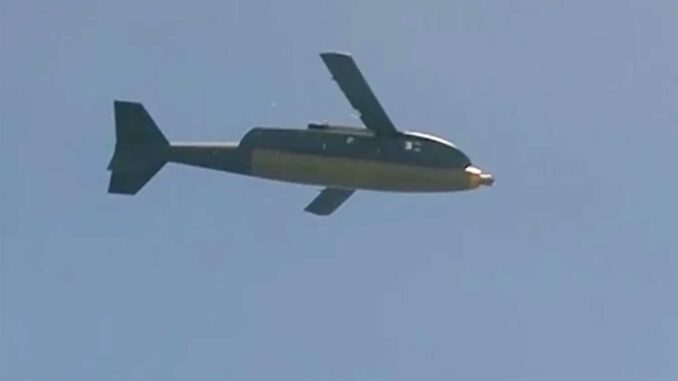
The RTAF has used the South Korean KGGB guidance kit for Mk 82 bombs in combat for the first time against the Cambodian army.
The Royal Thai Air Force (RTAF) has used the South Korean-designed KGGB precision guidance kit in real combat conditions for the first time. Mounted on conventional 220-kg Mk 82 bombs, this module transforms these conventional warheads into extended-range and metric-accurate munitions. The deployment comes amid tensions marked by direct clashes between Thai and Cambodian forces on the outskirts of the provinces of Surin and Trat since July 24, 2025. The operation targeted a command post, several ammunition depots, and at least two Cambodian BM-21 Grad rocket systems: a limited, calculated use aimed at increased tactical effectiveness.
The operational context and the escalation of the conflict
The border confrontation began on July 24, 2025 when Cambodian forces fired on Thai positions, killing twelve Thai soldiers according to official reports. In response, the RTAF launched Operation Battlefield Air Interdiction, deploying six F-16 fighter jets for targeted strikes.
The identified targets included ground sites around the temples of Preah Vihear, Ta Muen Thom, and Phu Makua—areas used to launch BM-21 Grad rocket attacks against Thai civilian areas, including homes and a hospital.
This decision marks a turning point: the use of long-range guided munitions to strike enemy targets well behind the front lines. The stated aim is to reduce civilian casualties, increase lethality against high-value targets, and limit pilots’ exposure to enemy defenses.
The KGGB system: characteristics and performance
The KGGB (Korean GPS-Guided Bomb) is a device developed by the South Korean ADD and LIG Nex1, designed to convert a conventional 220 kg Mk 82 bomb into GPS/INS-guided ammunition with deployable wings (flaperons) that enable gliding flight.
The total weight of the assembly is approximately 316 kg: 227 kg for the bomb and 89 kg for the GPS kit.
The range varies depending on the altitude of release and the platform: up to 103 km depending on the type of aircraft (FA-50); for an F-16, tests report a useful range of between 85 km and 103 km in optimal conditions.
The accuracy is remarkable: CEP of around 4 to 7 m, depending on the flight profile and weather conditions (5 m at short range, up to 13 m at maximum range).
How much did it cost Thailand? In 2022, two orders totaling 20 kits cost 102 million baht, or about $2.8 million, or about $2.6 million at the current exchange rate.

First combat use: sequence of events and results
Images posted on social media show a Thai F-16A/B carrying hand-marked Mk 82 bombs (with a slogan “Hello Hunsen” visible), equipped with the KGGB kit. The strikes targeted command positions, ammunition depots, and at least two Grad BM-21 rocket launchers stationed on Cambodian territory.
The bombs, dropped from a high altitude to maximize range, allowed the aircraft to return to a comfortable distance from enemy defenses. The pilots did not have to visualize or correct the trajectory in flight (“fire-and-forget”), which reduced their exposure to enemy fire.
No major civilian casualties or targeting errors have been reported at this stage, suggesting controlled use of metric precision to achieve specific military objectives. This tactical choice reveals mature planning and targeted use of the KGGB’s capabilities.
Strategic and technical implications
This first use in real conditions marks several strategic developments:
– Long-range strike capability, reducing dependence on artillery or vulnerable close support.
– Optimization of existing conventional munitions, via a low-cost guided kit compared to complete smart bombs.
– Possibility of integration without major modification of the aircraft, via an external PDU interface compatible with the F-16, T-50TH, and future Gripen E/F.
Politically, this step shifts the balance of power: the RTAF now has an option to respond to distant threats with precision, which strengthens its deterrent effect in border areas.
Technically, the KGGB compares favorably with the American JDAM-ER, while remaining lower in cost. Its future potential, with the KGGB 2 version equipped with infrared and radar sensors, suggests mobile and adaptive targeting capabilities in flight.
War Wings Daily is an independant magazine.